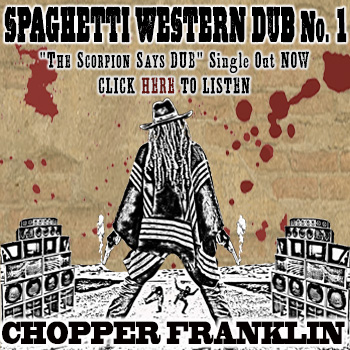The Springfield Rifle
“I would rather be shot by a Krag-Jorgensen or Mauser bullet than a Springfield rifle projectile,” said Captain Robert R. Stevens, quartermaster for Fort Sam Houston, to a Light reporter who questioned him yesterday as to the effectiveness of the various bullets.
The query was made by the reporter in view of the many criticisms published regarding the arming of Uncle Sam’s volunteers with Springfield rifles Captain Stevens was selected to explain the difference from the fact that the reporter knew he has spent many years in the west in the army when the Springfield rifle was in use and has also had experience in the army with the new gun. Captain Stevens has seen the old Springfield used on the Indians with deadly effect, and although he did not say so, it is a well known fact that the captain has used them on the red skins himself. When speaking of the use to which he had put the guns the captain invariably spoke of shooting deer, or animals of some kind, but his acquaintances know that during his seventeen years of duty as a lieutenant of the Sixth infantry, which is known to have had some hot Indian engagements, that he did not put in all his time shooting deer and wild turkeys.
Nevertheless the captain modestly acknowledged that he knew something about the Springfield rifle and with his usual courtesy, proceeded to compare the guns.
“The Springfield hasn’t the range of the Manser or Krag-Jorgensen, that is true,” said he, “but when a regiment gets close enough to an enemy for the Springfield to reach them they will make it warm for somebody.
“When a Springfield bullet strikes an object it makes a hole and doctors are rarely over puzzled over the outcome. They generally order funeral arrangements for the wounded man.”
“On the contrary the small steel bullet of the Krag-Jorgensen or Mauser rifle only pierces a very small hole and the result is not always fatel. It goes with such force at close range that it goes through a man easily and does not spread out like the lead bullet of the Springfield and makes a hole like a dynamite cartridge.”
“Take for instance wounding of Cadet Howel, of the Rough Riders, as mentioned in your paper of Monday. He was shot through and through with a Mauser bullet and is now able to be on the streets in Washington, scarcely three weeks after being wounded. If it had been a Springfield bullet he would now have been occupying a space in Cuban soil with a pine board marking his resting place. The surgeons would never have been puzzled as to the result of his wound when they examined him, as they were over the Mauser wound.”
“I have had experience with the Krag-Jorgensen and the Springfield rifles out west on hunting expeditions and it was there I noticed the difference. When I hit a deer with a Springfield he dropped, but many a time have I seen a deer run off apparently unhurt when it had been shot through and through by a Krag-Jorgensen bullet.
“I have never had the opportunity to see the result of a man being shot by a Krag-Jorgensen in an engagement, but I have seen Indians who were shot with Springfields. When they were hit once they did not trouble us any more.
“If I had to take my choice of weapons to be shot with I would never choose a Springfield. A man shot with one of those old lead spitters had better prepare his will and give his funeral directions.
“I think also that in actual battle if the Krag-Jorgensen is used as rapidly as it will work that the weapon would soon become too hot to handle and the Springfield which is not operated with such rapidity has the advantage of keeping cool. It is impossible for a man with a rapid firing gun to shoot slow in the excitement of battle and the only way to keep his gun so he can handle it is to give him one that does not shoot so fast. This is a Springfield.







